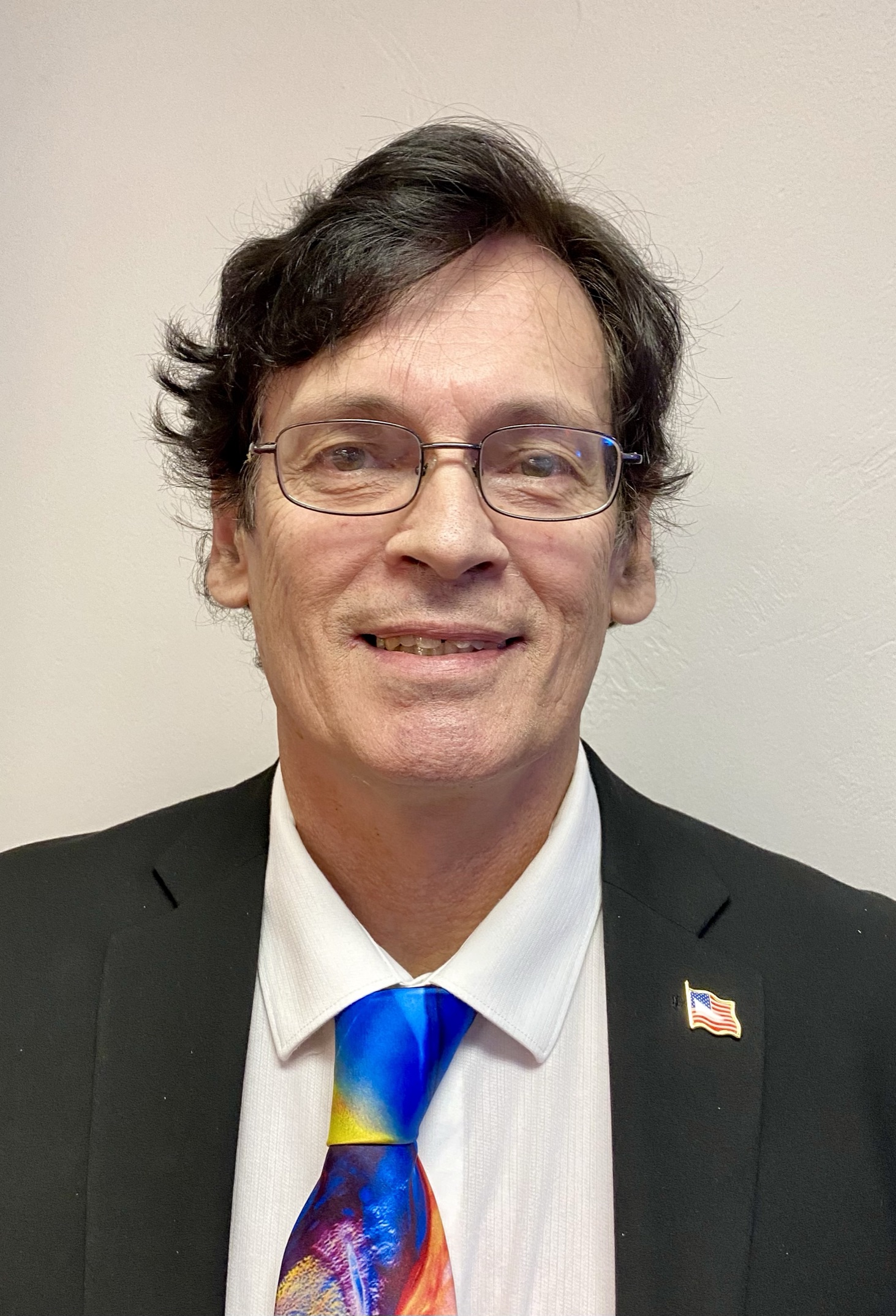Articles

First Corinthians – Part 39
Chapter 15:20-28
After the logical case has been laid for the resurrection of the dead Paul gives the facts of what actually happened:
20 ¶ But now is Christ risen from the dead, and become the firstfruits of them that slept.
The expression “But now” is very Pauline and often gives a strong contrast to what has been given previously. The awful consequences of the false notion that Christ did not rize from the dead are now repudiated with the facts. Christ is risen from the dead — he took an “out – resurrection” and became the firstfruits of those who had died. Notice that the verb koimaw = “to sleep” is used here for the notion of death. Sleep is an interesting picture of the death of someone, the body decays and wastes away yet the person sleeps only to be awaken at the resurrection.
21 For since by man came death, by man came also the resurrection of the dead.
There is more than symmetry going on here — Christ was certainly “a man” but was also greater. He was the kinsman redeemer and as such had the right to redeem. So also the resurrection of the dead was no mere coming back to adamic life but immortality.
22 For as in Adam all die, even so in Christ shall all be made alive.
Here we have the two racial heads, Adam and Christ. Are the two usages of “all” in this verse co-extensive? That is to say are all in Adam also to be “in Christ”? Further are there only two heads? We certainly do know that not all humans get to accept the message of the gospel and be saved. What we must also ask however is: Are there other heads? Is it possible that there are other seeds that ostensibly are human but NOT in Adam? This takes us to the study of the seeds in scripture and how Satan moved to infiltrate and subvert the seedline. The Nephilim came on the earth through some co-habitation of the sons of God and the daughters of men Gen 6.
It is my current understanding that while this teaching is found in scripture we have no “proof” that ALL the Adamic seed will all be saved, that is that they will be given the resurrection to life that Paul discusses here.
23 But every man in his own order: Christ the firstfruits; afterward they that are Christ’s at his coming.
The order here is Christ then the harvest. The essential truth of masses of redeemed resurrected after the firstfruits is also a general truth. We in this age look to a resurrection unique to our calling and timed perfectly to achieve His designs relative to the heavenly places. The specific teaching here however is that the resurrection in view happens “at his coming” this is the parousia, NOT the epiphaneia or his appearing as it is translated.
24 Then cometh the end, when he shall have delivered up the kingdom to God, even the Father; when he shall have put down all rule and all authority and power.
The “then” at the beginning of this verse relates to some time after the parousia, for the verse continues “when he shall have put down all rule and authority and power”. The Kingdom will be given to the Father, whose design it was that these things proceed.
25 For he must reign, till he hath put all enemies under his feet
26 The last enemy that shall be destro.yed is death.
27 For he hath put all things under his feet. But when he saith all things are put under him, it is manifest that he is excepted, which did put all things under him.
Psalm 8 when reformatted according to the structure of the Psalm shown in Hab. 3:1-19 reveals an important teaching concerning the secrtets of the son. Here the mystery of christ is further explained in relationship to God’s earthly purposes through the resurrection that Christ made at the cross. The “all things” of Eph.1:22 reveals how great Paul’s knowledge was of the secrets of the son and further differentiates between that which was progressively revealed through OT and NT scripture and that which was hidden and revealed only post Acts 28 in the form of “the mystery”.
28 And when all things shall be subdued unto him, then shall the Son also himself be subject unto him that put all things under him, that God may be all in all.
Notice that Paul says that “God may be all in all” NOT that the Father would be all in all. The Son has a function that will finally end in God being over all.



